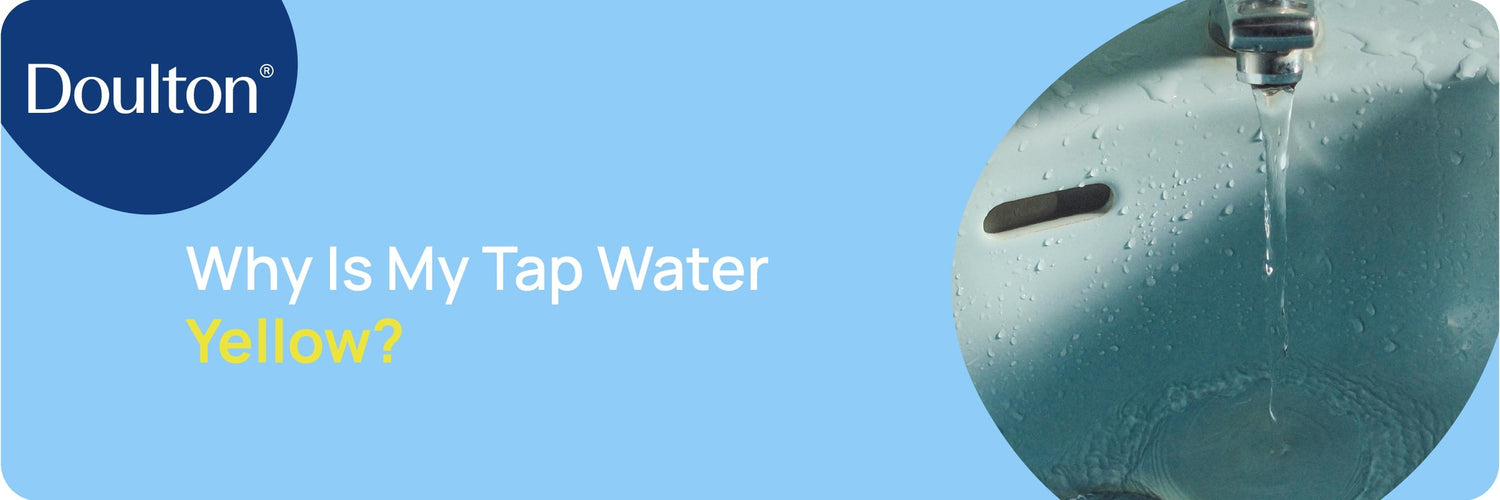🚰 Looks Can Be Deceiving
That sleek filter on your counter might look high-tech.
But is it really doing its job?
Too many households rely on water filters that are poorly made, rarely maintained, or simply not suited for Malaysian water. The result? Water that’s still contaminated—despite being “filtered.”
In this post, we’ll show you how to spot whether your filter is actually protecting your health, or just giving you peace of mind for nothing.
⚠️ Sign 1: Your Filter Has No Certification
If your filter doesn’t mention NSF, WQA, or independent testing, that’s a major red flag.
Why this matters:
-
No certification = no proof it actually removes contaminants.
-
Many generic brands claim to reduce chlorine or heavy metals, but have zero lab data to back it up.
-
Certified filters go through strict third-party testing to ensure real performance.
💡 Check your box or manual. If you don’t see any certification body listed—your filter might be doing little to nothing.
🔍 Sign 2: The Water Tastes or Smells the Same
Water straight from the tap in Malaysia often has:
-
A strong chlorine smell
-
Metallic or rusty tastes
-
Or a musty aftertaste from old pipes or biofilm
A proper filter should noticeably improve:
-
Taste
-
Odor
-
Clarity
If there’s no difference between filtered and unfiltered water, or if the water still tastes bad, your filter isn’t doing its job.
➡️ EPA Guide – What Your Water Should and Shouldn't Taste Like
🛠️ Sign 3: You Haven’t Replaced the Cartridge in a While
Filters have lifespans—and once they’re maxed out, they stop working (or worse, make water dirtier).
Problems from expired filters:
-
Bacteria buildup inside the housing
-
Clogged pores in the media that reduce flow and effectiveness
-
Reduced absorption capacity, letting chlorine, lead, and microplastics pass through
📅 Doulton’s ceramic filters, for example, can be cleaned and reused, but still need regular maintenance and replacement of internal cartridges like carbon.
🧪 Sign 4: You Don’t Know What It’s Filtering
Many people buy filters without knowing:
-
What’s in their tap water, or
-
What their filter is designed to remove
Not all filters remove the same things:
| Filter Type | Removes Best |
|---|---|
| Carbon Block | Chlorine, taste, odor, VOCs |
| Ceramic | Bacteria, microplastics, cysts |
| Reverse Osmosis | TDS, fluoride, heavy metals |
| KDF Media | Chlorine + heavy metals |
If your filter only has a basic mesh or “sediment layer,” it’s not enough for urban water issues like chloramine, lead, or microplastics.
➡️ WHO – Types of Water Contaminants
🔬 Sign 5: No Visible Change After Months of Use
This may surprise you: your filter should look dirty over time.
If it still looks clean after months of filtering murky, chlorinated tap water, something’s off.
-
Ceramic filters should collect sediment and biofilm—that’s why Doulton filters are washable.
-
Carbon filters will usually darken as they absorb impurities.
Clean-looking filters after months of use may be low-grade and ineffective.
✅ How to Know Your Filter Is Working
Here’s what to look for:
🔹 Certified Performance
Look for NSF, WQA, or lab-tested results showing what contaminants are removed and at what percentage.
🔹 Taste and Smell Improvement
Filtered water should be noticeably better—crisper, cleaner, and neutral.
🔹 Clear Replacement Timeline
You should know when and how to replace or clean your filter. A brand that avoids this topic probably isn’t trustworthy.
🔹 Multi-stage Filtration
Combining ceramic + carbon + specialty media is the best way to tackle complex water problems.
💙 Why More Malaysians Trust Doulton
Doulton filters are:
-
NSF-tested and trusted globally
-
Made with natural ceramic, developed in the UK
-
Designed to remove 99.99% of bacteria, microplastics, chlorine, and heavy metals
-
Long-lasting, with washable outer shells and replaceable inner cores
You shouldn’t have to guess if your filter works. With Doulton, you can see the results—and feel the difference.




